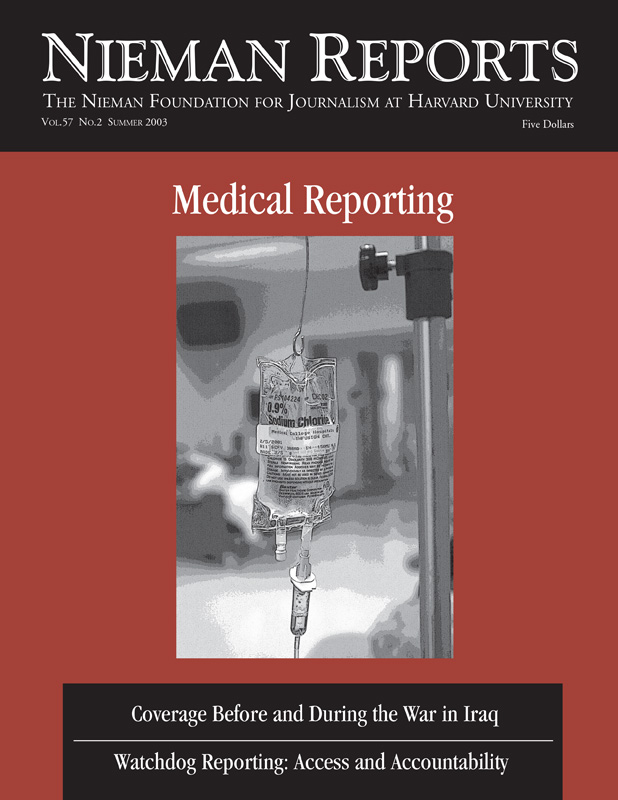On April 4, 2003, Rami Khouri’s op-ed, “The War Americans Don’t See,” was published in The New York Times. Excerpts from his article follow.
“Like their audience, the Arab world’s newspapers are angry, nu-anced, multifaceted, passionate and argumentative. The complexity of imagery reflects several trends. Arab and Western satellite television, FM radio and the Internet, have vastly expanded the range of news and views available to the average Arab. Any credible newspaper that hopes to compete with these comprehensive sources of information must provide more complete and balanced fare, or it will quickly be discredited as biased and unreliable. Arabs are increasingly tired of being lied to and presented with only half of reality, and their press is starting to reflect this.
“The press also is starting to reflect fast-changing Arab attitudes, as more and more people in this region criticize both American military attacks and the tradition of autocratic Arab regimes that have caused so much waste and destruction in modern times. One antidote to the cumulative catastrophes that have plagued the modern Arab world is truth and intellectual balance, and the press is also beginning to reflect this important demand as well.”



